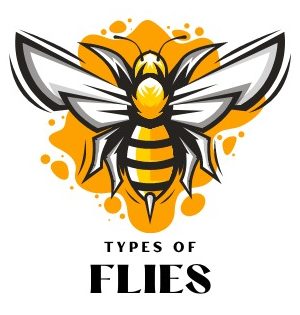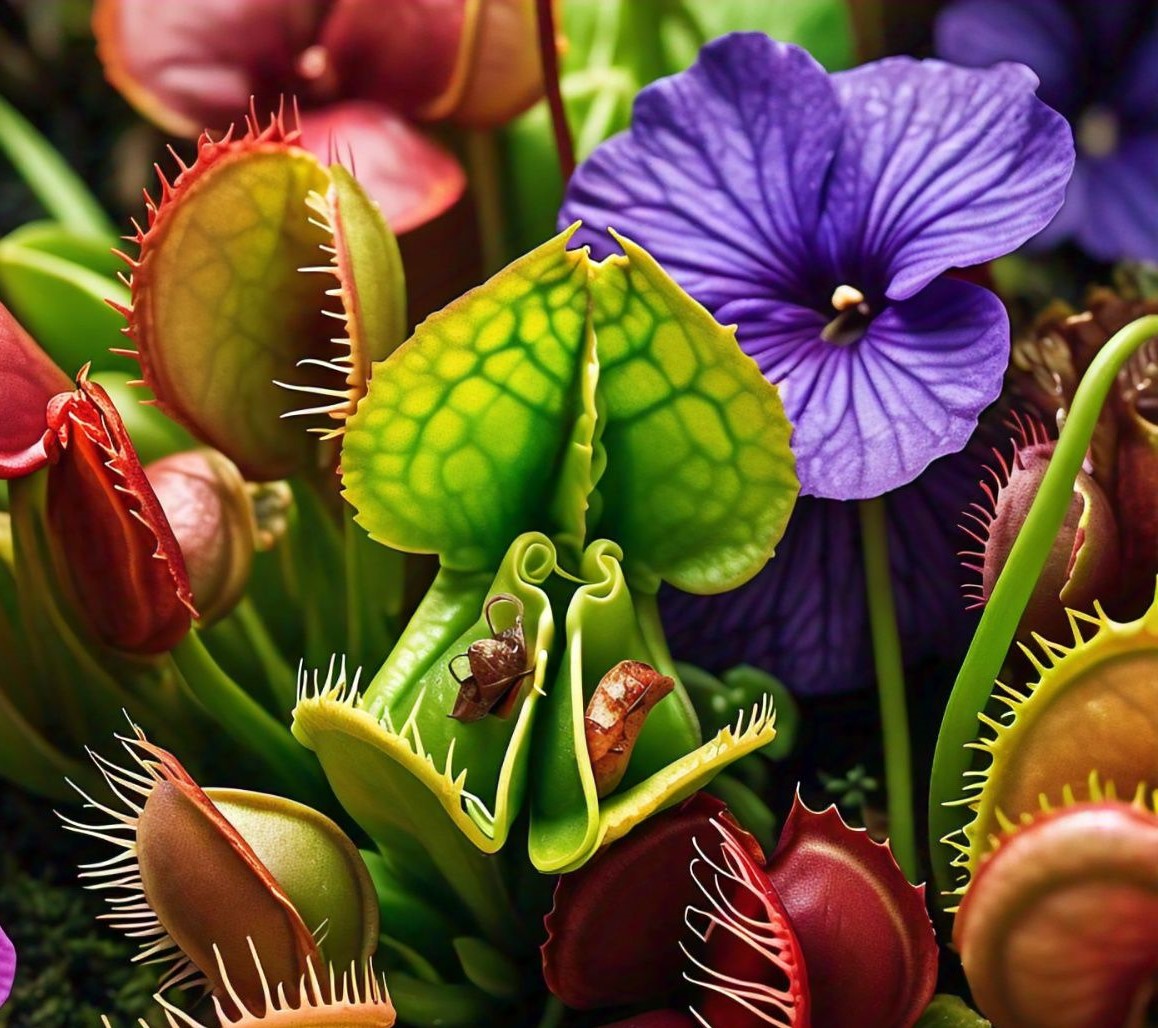Types of Fly Trap Plants are among nature’s most captivating wonders. These plants have evolved unique mechanisms to capture and digest insects, providing them with essential nutrients often lacking in their native environments. Among the most famous of these are the various types of fly trap plants. This article will delve into the different types of fly trap plants, Carnivorous plants names and images, how they work, and why they have captivated botanists and enthusiasts alike.
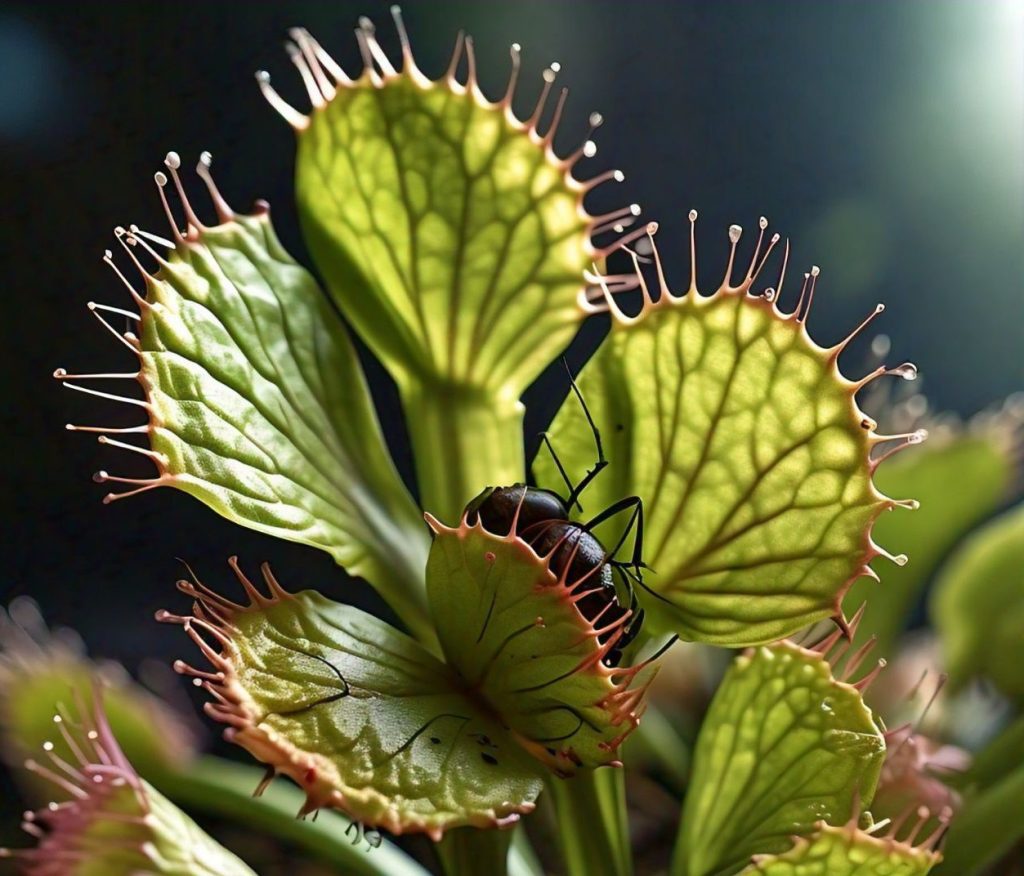
What Is a Venus Fly Trap?
The Venus fly trap (Dionaea muscipula) is arguably the most iconic of all carnivorous plants. This plant, native to the subtropical wetlands of the United States, specifically North and South Carolina, is renowned for its rapid leaf movement. The Venus fly trap is a type of fly trap plant that uses trigger hairs on its inner surfaces to detect the presence of prey. When an unsuspecting insect touches these hairs, the types of Fly Trap Plants trap snaps shut, trapping the prey inside.
The Venus fly trap is often the first plant that comes to mind when discussing fly catcher plants. Its unique trapping mechanism and ease of care make it a popular choice among plant enthusiasts.
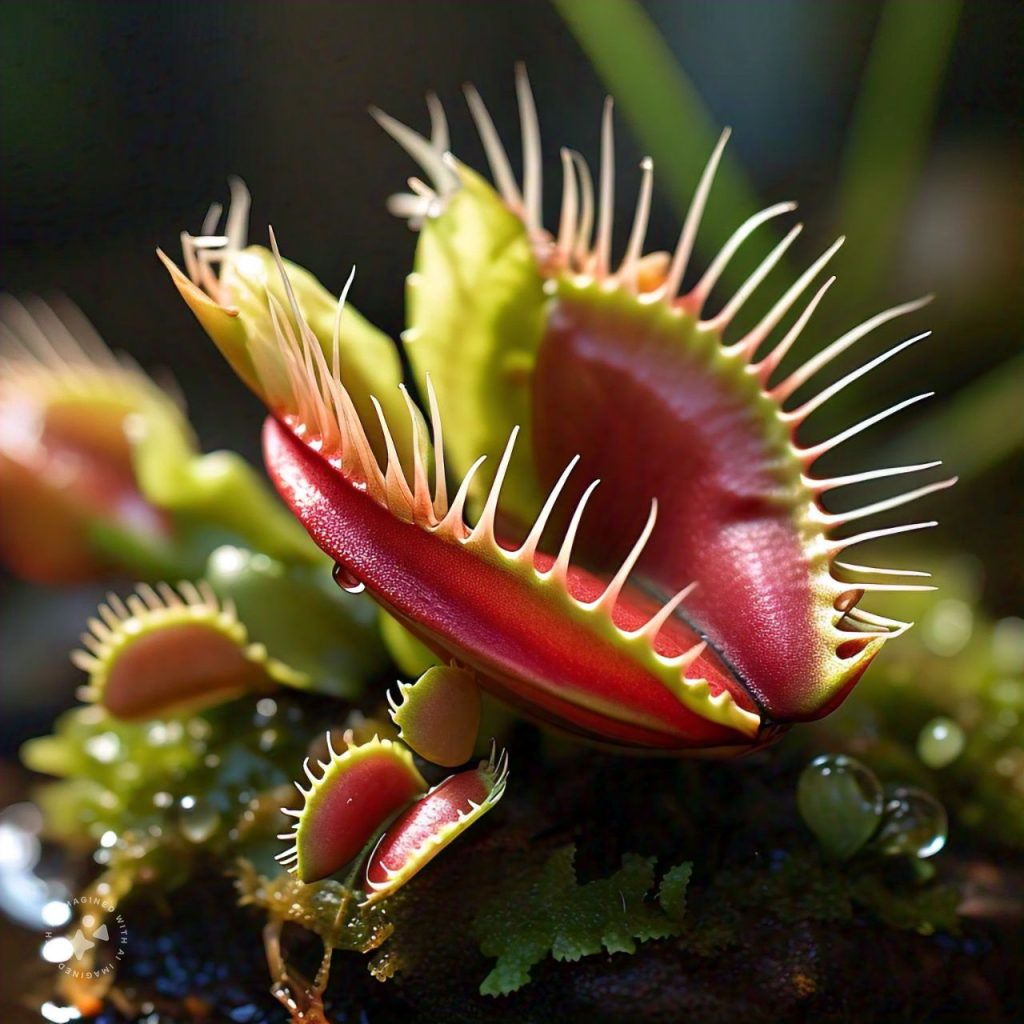
Different Types of Fly Trap Plants
While the Venus fly trap is the most well-known, it is just one of several types of fly trap plants. Below, we explore some of the other fascinating types of fly trap plants with pictures.
- Pitcher Plants (Sarraceniaceae Family)
- Pitcher plants are another well-known group of carnivorous plants. Unlike the Venus fly trap, which uses rapid movement, pitcher plants employ a passive trapping mechanism. They have deep, pitcher-shaped leaves filled with digestive enzymes. Insects are attracted to the plant by its nectar, fall into the pitcher, and are unable to escape due to the slippery walls. The plant then digests the prey over time, absorbing the nutrients it needs.
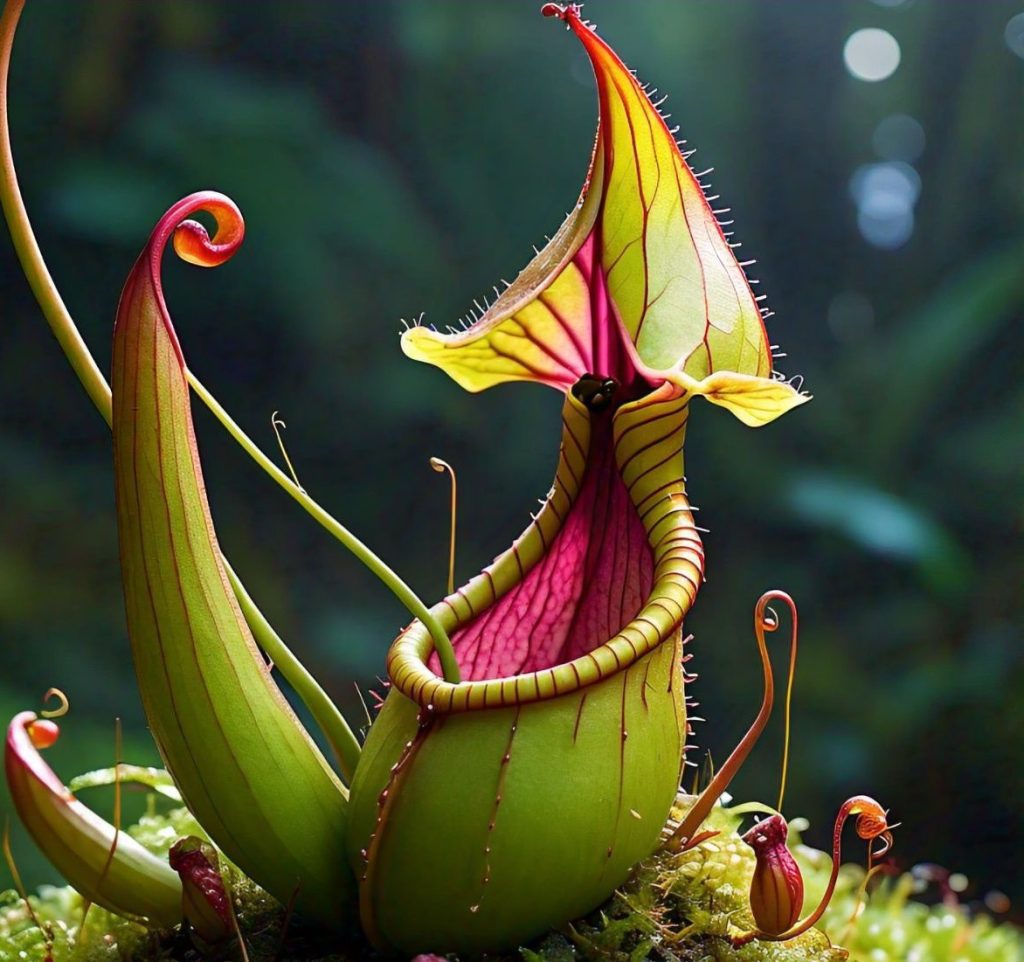
- Sundews (Drosera)
- Sundews are a diverse group of carnivorous plants with over 90 species found worldwide. These plants use sticky, glandular hairs to trap insects. When an insect lands on the sticky surface, the sundew slowly wraps around it, secreting digestive enzymes to break down the prey. Sundews Drosera are particularly fascinating because of their slow, deliberate movement, which is almost mesmerizing to watch.
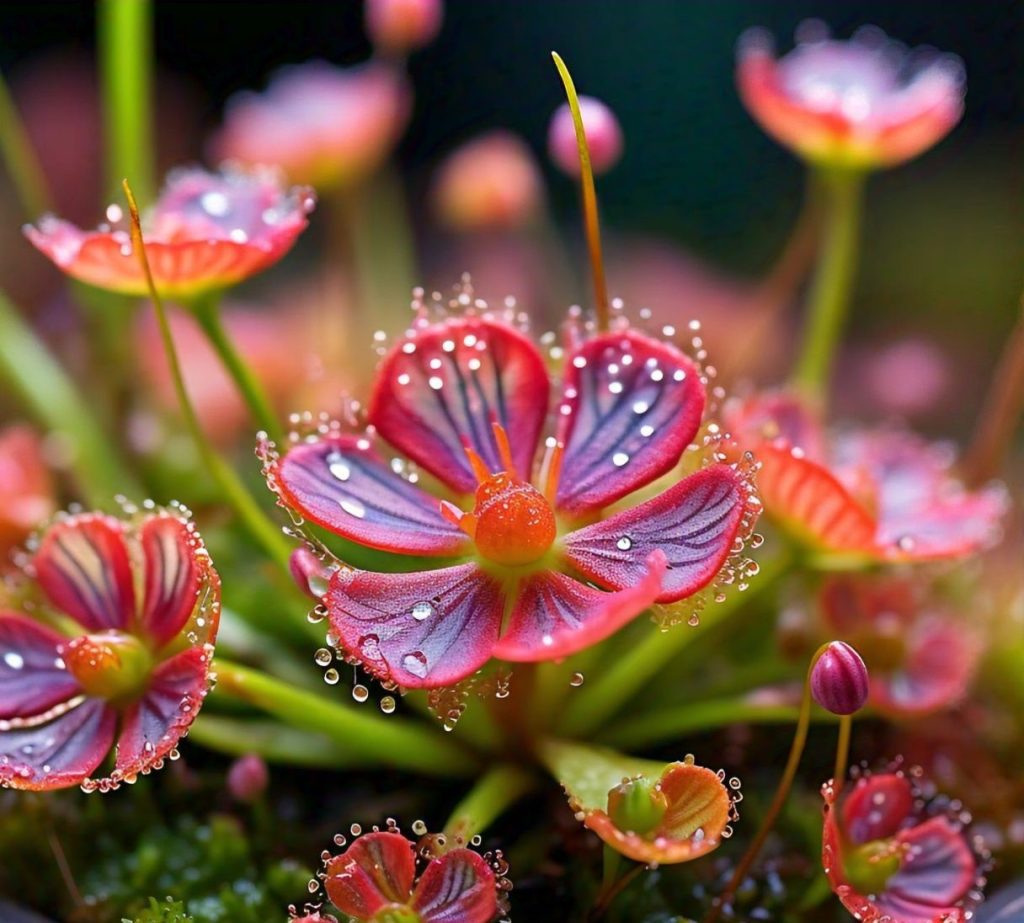
- Cobra Lily (Darlingtonia californica)
- The Cobra Lily is native to North America and is known for its unique appearance, which resembles a striking cobra. It is another type of pitcher plant but differs from others in its family by its tubular leaves with a hooded opening. The plant’s trapping mechanism is similar to that of other pitcher plants, where insects are lured inside and then digested.
- Butterworts (Pinguicula)
- Butterworts are another fascinating type of fly trap plant. They have flat, sticky leaves that insects stick to upon landing. Once an insect is caught, the leaf rolls inward to increase contact with digestive enzymes. Butterworts are often found in boggy areas and thrive in environments where other plants struggle to survive.
- Bladderworts (Utricularia)
- Bladderworts are water fly trap plants , unique among carnivorous plants in that they use tiny, underwater traps to capture their prey. These plants have small bladders that create a vacuum, sucking in tiny aquatic organisms when triggered. This rapid trapping mechanism is one of the fastest movements in the plant kingdom.
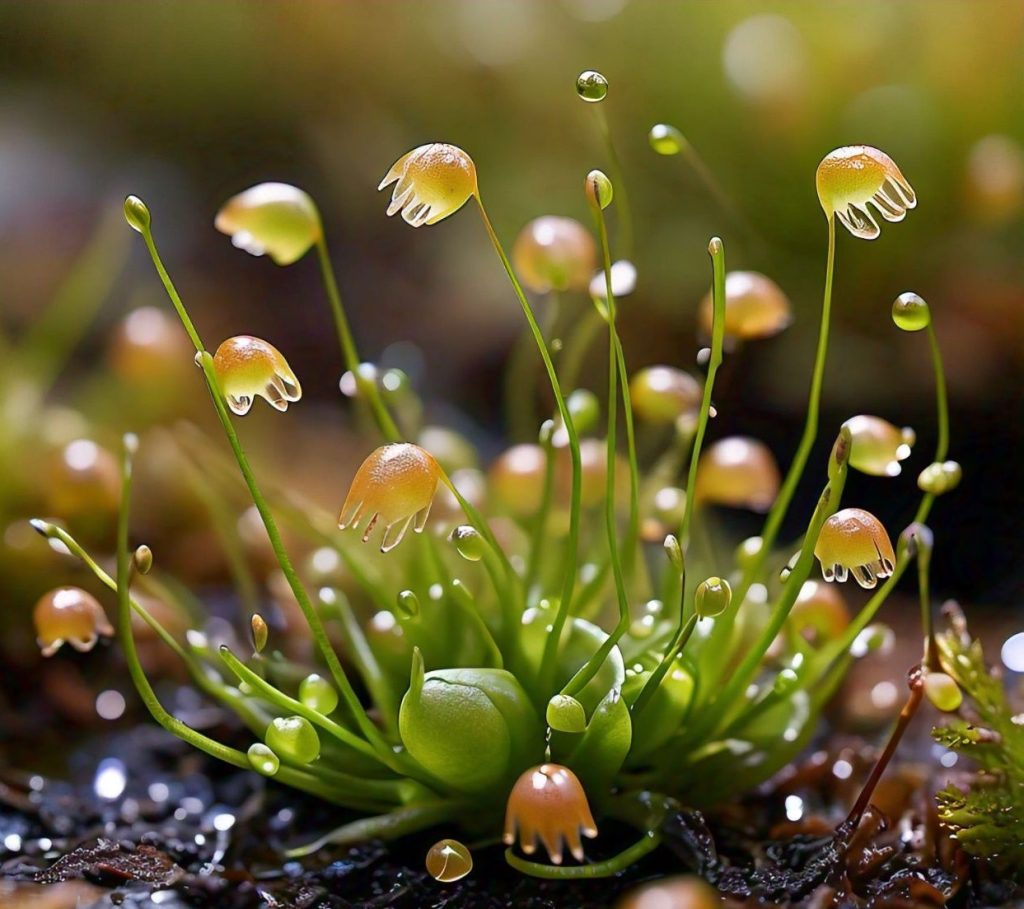
How Do Fly Trap Plants Work?
Fly trap plants have evolved various mechanisms to capture and digest their prey. These mechanisms can be broadly categorized into two types: active traps and passive traps.
- Active Traps: These Fly trap plants involve rapid movement to capture prey. The Venus fly trap is a prime example of an active trap. When an insect touches the trigger hairs inside the trap, the leaves snap shut within seconds, trapping the prey inside.
- Passive Traps: Passive traps, on the other hand, do not involve rapid movement. Pitcher plants and Cobra Lilies are examples of passive traps. These plants rely on their structure and digestive enzymes to capture and digest insects over time.
In both cases, the captured prey is digested by enzymes or bacteria, and the nutrients are absorbed by the plant. These nutrients, particularly nitrogen, are essential for the plant’s growth, especially in environments where the soil is poor in nutrients.
Types of Fly Trap Plants with Pictures and Names
For those interested in identifying different types of fly trap plants, having visual references can be incredibly helpful. Here’s a brief overview of some of the most popular fly trap plants.Plants that eat insects are called Carnivorous plants.
- Venus Fly Trap (Dionaea muscipula): Known for its iconic snap traps and toothed leaves.
- American Pitcher Plant (Sarracenia): Recognizable by its tall, tubular leaves that form a pitcher.
- Cobra Lily (Darlingtonia californica): Resembling a striking cobra, it has a unique tubular structure.
- Sundew (Drosera): Known for its sticky, glandular hairs that slowly wrap around its prey.
- Butterwort (Pinguicula): Has flat, sticky leaves that curl inward once prey is captured.
- Bladderwort (Utricularia): Unique for its underwater vacuum traps.
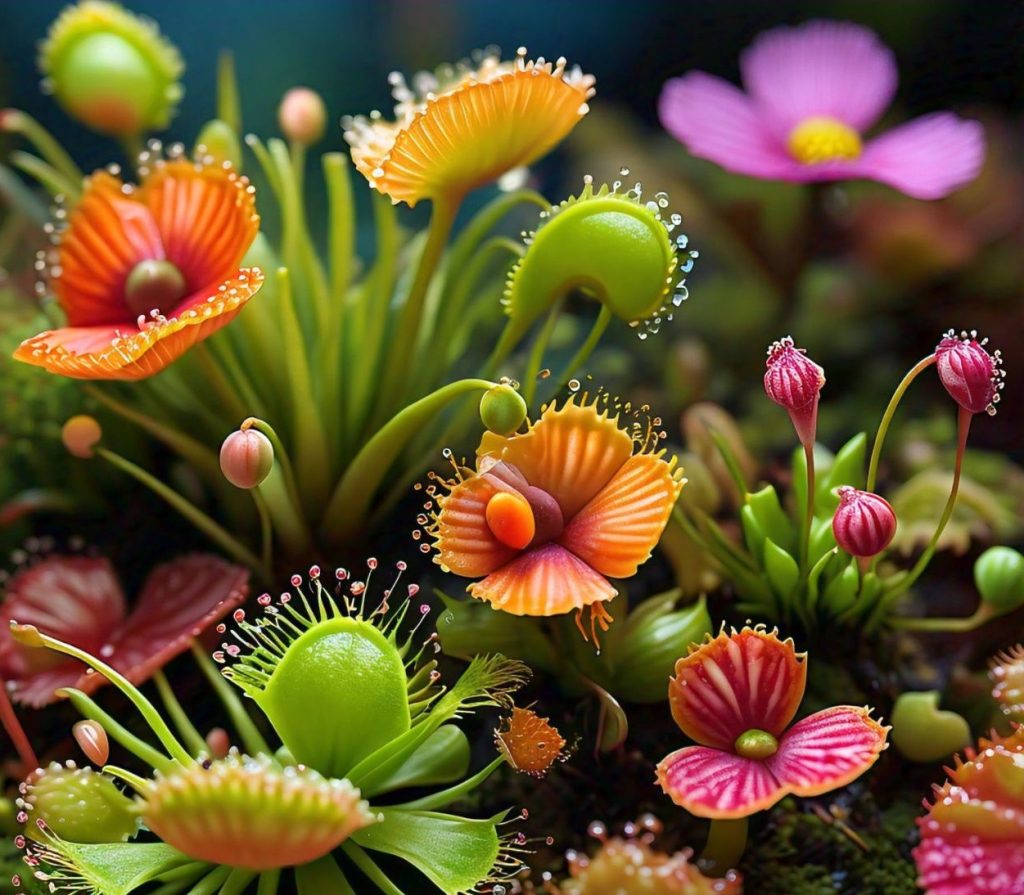
For a more detailed look, many gardening websites and botanical guides provide types of fly trap plants with pictures and names, which can be a valuable resource for plant enthusiasts.
Why Are Carnivorous Plants Important?
Carnivorous plants like fly trap plants play a crucial role in their ecosystems. They help control insect populations, particularly in nutrient-poor environments where traditional plants struggle to thrive. By capturing and digesting insects, these plants obtain the necessary nutrients to grow and reproduce.
Moreover, carnivorous plants have become increasingly popular in horticulture due to their unique appearance and fascinating behavior. Whether you’re interested in growing them at home or simply learning more about them, these plants offer a glimpse into the incredible diversity of the plant kingdom.
Conclusion
The world of fly trap plants is as diverse as it is fascinating. From the iconic Venus fly trap to the mesmerizing Sundews and Pitcher Plants, these carnivorous plants have evolved incredible strategies to survive in harsh environments. Understanding the different types of fly trap plants, how they work, and their importance in the ecosystem not only enhances our appreciation for these unique plants but also inspires us to protect their natural habitats. Whether you’re a seasoned botanist or a curious beginner, exploring the world of carnivorous plants is a journey into nature’s most ingenious survival strategies.
